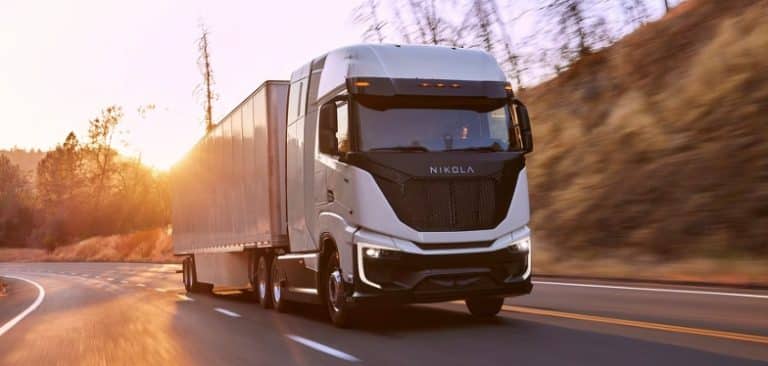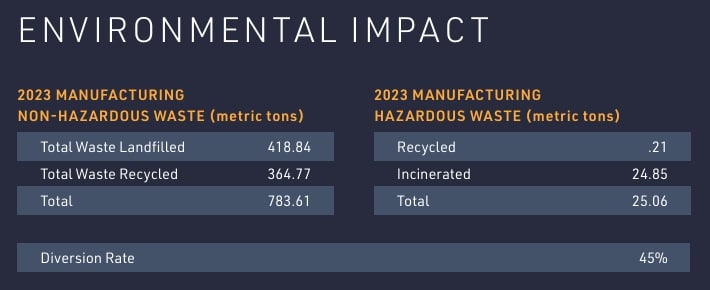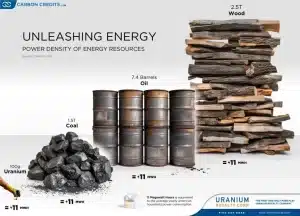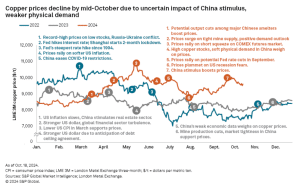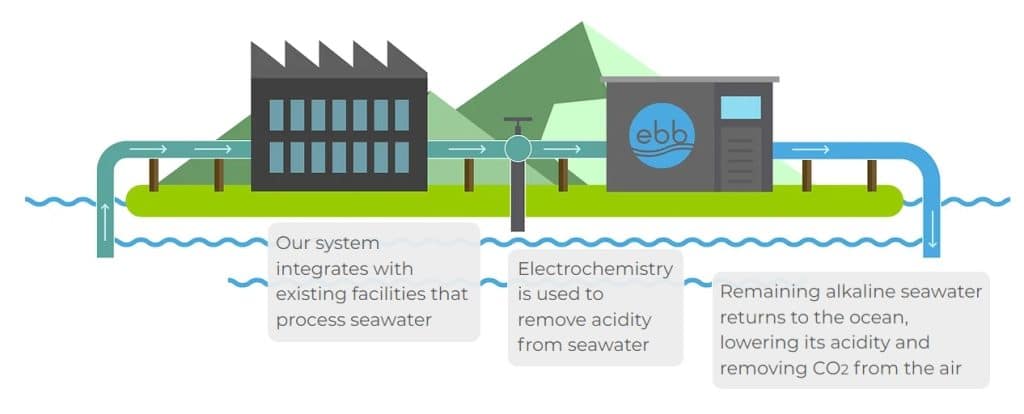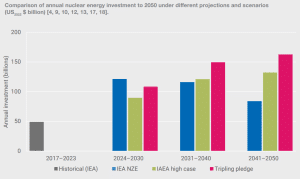The U.S. Department of Energy approved a $2.26 billion loan for Lithium Americas to construct the Thacker Pass lithium mine in Nevada. It is one of the largest mining investments by the Biden administration.
The loan, originally approved in March, aligns with the White House’s objective to reduce dependency on China for lithium, a critical element for EV batteries. This announcement follows the recent approval of another lithium project by ioneer.
Thacker Pass Set to Boost U.S. Lithium Independence
Expected to open later this decade, Thacker Pass will play a major role in the U.S. supply chain. It has the potential to become a key lithium supplier for General Motors (GM). GM recently increased its investment in the mine to nearly $1 billion, showing its importance to the company’s EV production goals.
According to GM’s SVP of Global Purchasing and Supply Chain, Jeff Morrison, getting lithium domestically will help them “control battery cell costs, deliver value, and create jobs”.
As part of its Net Zero pathway, GM is targeting carbon neutrality across its global products and operations by 2040.
Li-FT Power: Exploring & Developing Hard Rock Lithium Deposits In Canada
One of the most exciting exploration portfolios of hard rock lithium projects globally is managed by Li-FT Power. Three reasons to consider Li-FT Power:
- Resource Potential
- Expedited Strategy
- Infrastructure
Li-FT is advancing five key projects; all located in the extremely safe and friendly mining jurisdiction of Canada.
TXSV: LIFT | OTCQX: LIFFF | FRA: WS0
*** This content was reviewed and approved by Li-FT Power Ltd. and is being disseminated on behalf of Li-FT Power Ltd. by CarbonCredits.com. ***
- SEE MORE: General Motors Invests $625M in Lithium Americas to Boost Nevada’s Thacker Pass Lithium Project
This recent project development is also highly significant for the Biden administration. White House climate advisor Ali Zaidi emphasized that secure mineral supplies are vital to the U.S. clean energy transition. Zaidi specifically stated that:
“The Biden-Harris Administration recognizes mineral security is essential to winning the global clean energy race.”
The mine itself has been a politically complex project. It was initially permitted by former President Donald Trump and later approved for construction by a court following opposition from conservationists, ranchers, and Indigenous groups. Initial work began last year in this remote region near the Oregon-Nevada border.

The estimated cost for the Thacker Pass mine has risen from $2.27 billion to nearly $2.93 billion. This is primarily due to higher engineering expenses, union labor agreements, and the decision to establish housing facilities for workers in this remote area. The loan, with a 24-year term and interest rates tied to the U.S. Treasury rate, offers a stable financial foundation to support the project’s extended construction and operational goals.
Securing Domestic Battery Supply Chains
Now that the loan has been finalized, Lithium Americas can move forward with large-scale construction, which may take 3 years.
- In its first phase, Thacker Pass aims to produce 40,000 metric tons of lithium carbonate annually, enough for up to 800,000 EVs.
CEO Jon Evans views this loan as critical to reducing the nation’s reliance on foreign lithium sources and enhancing domestic energy security.
Global lithium battery demand is set to surge, with worldwide demand expected to increase by over 5x and U.S. demand by nearly 6x by 2030. Although demand is growing, the U.S. remains largely import-dependent for battery materials and components.
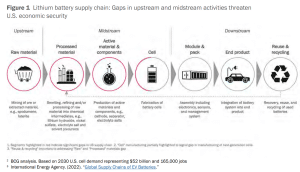
Currently, the U.S. industry captures less than 30% of the economic value from each battery cell in its market, creating only $3 billion in value-added. By 2030, under a “business as usual” scenario, this could rise to $16 billion. However, the majority—about 70%—of economic value would still be imported.
China dominates the battery supply chain, controlling over 75% of cell production and a majority of material processing and refinement capacities. This global reliance presents vulnerabilities, especially with projected shortages in critical minerals like lithium, nickel, and copper. China’s control of supply and processing infrastructure heightens risks for U.S. energy security without a robust, comprehensive industrial strategy.
A $2 Billion Move for Clean Energy Goals
Without a secure lithium battery supply chain, the U.S. risks missing its key climate targets: a 40% reduction in greenhouse gas emissions by 2030 and net zero emissions by 2050. Failing to meet these goals or falling behind other nations on clean technology could weaken the U.S.’s global standing.
To protect its security and interests, the federal government must prioritize developing a robust North American lithium battery supply chain that leverages domestic expertise and reduces reliance on foreign sources. The DOE’s $2.2 billion investment to build Nevada’s Thacker Pass lithium mine is a major move.
Moreover, the expanded 45X tax credit is another significant step the US government has taken in building up its critical mineral supply chain.
The Section 45X Advanced Manufacturing Production Credit, part of the Inflation Reduction Act, is designed to boost domestic production of clean energy essentials, including renewable components, battery materials, and 50 key minerals for the energy transition. This credit offers a 10% tax reduction on production costs for highly refined metals, supporting supply chains in critical areas like EVs and green energy.
Eligible minerals include lithium, other essential battery metals like nickel and graphite, and rare earth elements like neodymium.
The $2.26 billion investment in Thacker Pass is a landmark step in boosting U.S. lithium supply for EV batteries, reducing reliance on foreign sources, and reinforcing national energy security. Through projects like these, the country aims to secure critical mineral supplies needed to achieve its clean energy goals and stay competitive globally.


